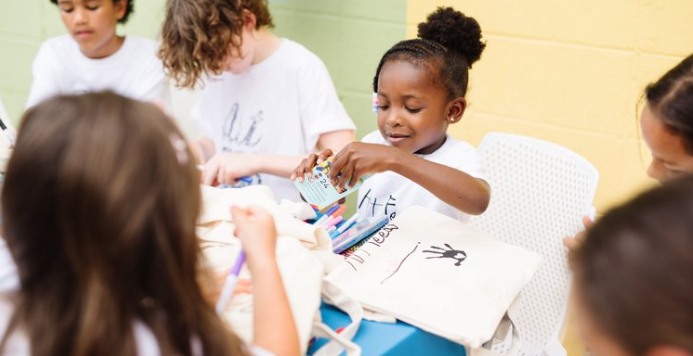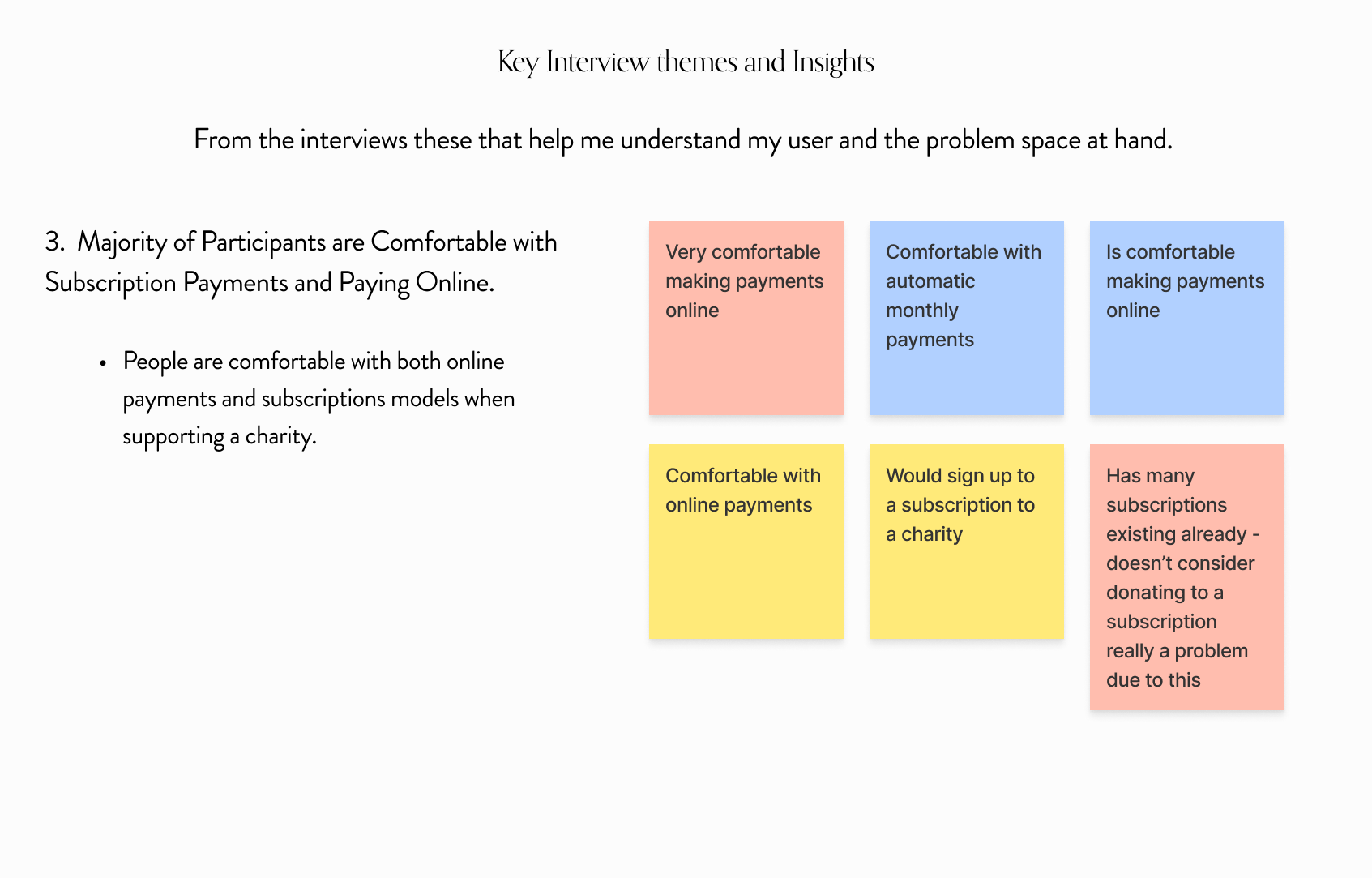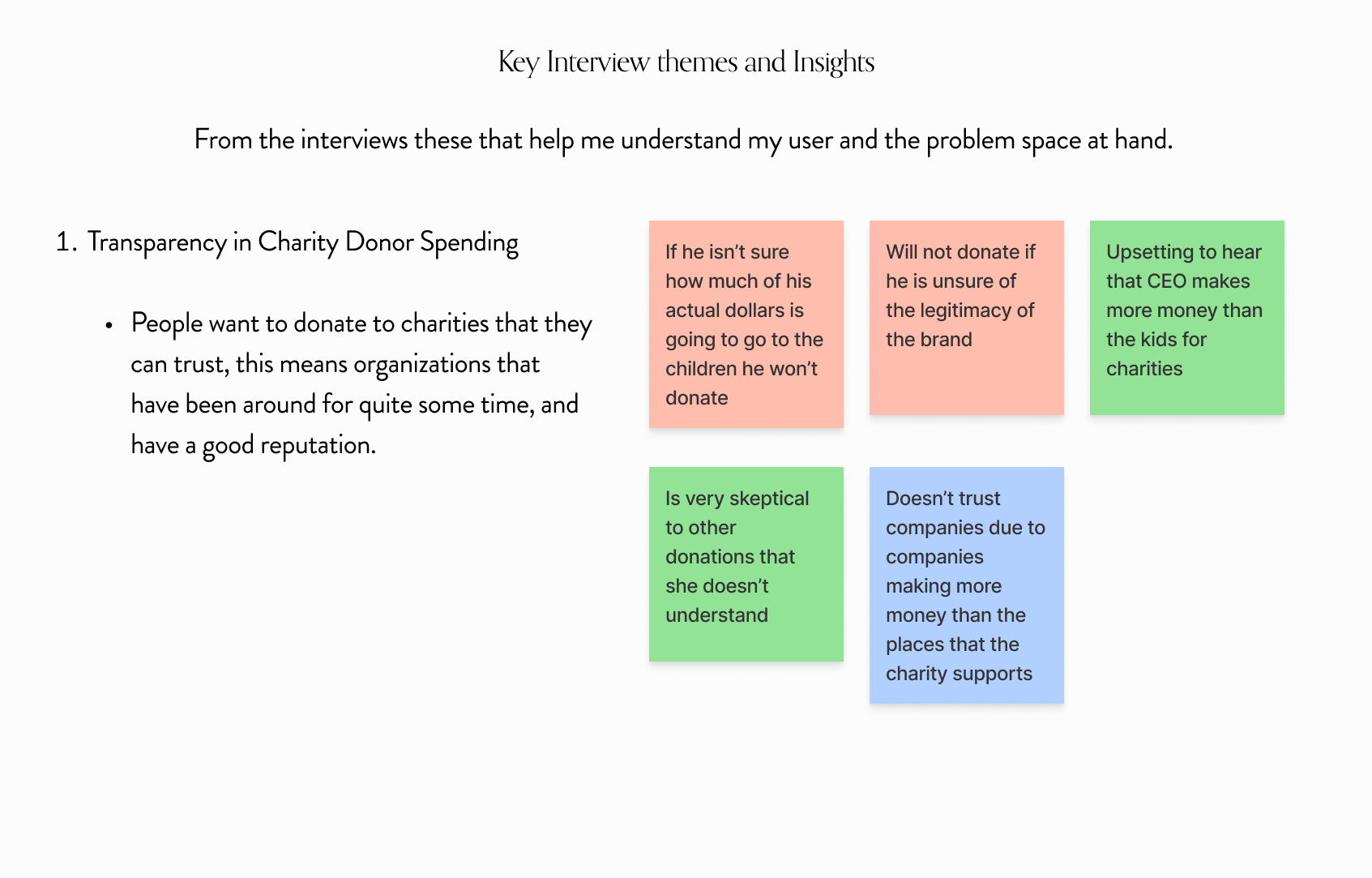Art Feeds
BrainStation UX Part time Bootcamp | Design Sprint
At Brain Station we were given the task to design for social good. As a team we worked to help a social impact organization express their values and inspire people to take action in order to drive positive change.
Art Feeds mobile application showcases their art classes and shows donors how their money is being used in order to increase trust and transparency. I worked with three other designers (Matthew Ratcliffe, Yibo Xu, and Melina Querel).
My Role
UX Researcher and UI Designer
Duration
Five Days
Tools
Figma
Map
About
Art feeds is a place where children stay curious, creative, and kind. Kids have big feelings that aren’t always easy to express. Art Feeds helps kids navigate those big feelings through art lessons that can be done at school, at home, or in the community. Art feeds wants to make sure that its services are available to all children. Community Assist offers training, Art Feeds membership, and art supplies are offered free of cost to further donors impact. Each year, Art Feeds Community Assist Program supports ~ 15,000 children in partnership with organizations and schools that need an extra hand to get art supplies and support.
The Problem
A survey by the Better Business Bureau found that 48% of Americans do not trust nonprofits and do not believe that they will do what is the right thing. Giving has been in retreat for nearly two decades and fewer and fewer Americans are regularly engaging with nonprofit organizations. Charitable giving has seen a 13% decrease from 2016 to 2020. Distrust is often connected to how poorly nonprofits communicate their message. Many Americans have low trust in nonprofits, and expressed concerns about how organizations can be connected with scandals, lack of transparency, and perceived ulterior motives.
Art Feeds has many assets such as art classes that donors can utilize at home but there is no way to view these classes on their phone. The organization has a complex donation experience. They could benefit from a more transparent system so the donor can see how their money is being used.
Interviews
My team wanted to understand what peoples’ relationship with nonprofits are like. If they make regular donations to nonprofits and what pain points they face during this experience. Given that Art Feeds is an organization dealing with children we wanted to interview anyone who had kids, grandkids, nieces or nephews.
Interview Questions
Have you ever donated before, if so where did you donate, can you tell me a bit about that experience?
If yes - How many donations do you make a year?
What has prevented you from donating in the past?
Do you trust charities in general? - Why or Why not?
Are you comfortable making online payments or donating online?
What would make you trust donating to a charity?
Would you sign up for a paid subscription to a charity?
Does seeing where your money is being spent interest you?
Participant criteria
Have kids in their life (Parents Aunty/Uncle/Grandpa /Grandma)
Above 18 (have credit card or payment option)
North American
Assumptions to be validated
People are more likely to give when they see the results of their donations
There is a lack of trust with non profit organizations
People want transparency when donating money
People do not donate often to nonprofit organizations
Affinity Mapping
After we conducted interviews we sorted all of the feedback into an affinity map. This helped organize all of the insights that we discovered from the interview by grouping based on similar feedback.
From these interviews I chose to focus on these three key Insights:
People want to donate to charities that they can trust, they feel more trusting of organizations that have been around for a long time and that have good reputation with the public.
People want the organization to be transparent in communicating to customers in how it’s allocating their donors money. They want to know how much of it is being put into projects or the charities cause.
People are comfortable with both online payments and subscription models when supporting a charity.
“How Might We…”
After the interviews we clearly saw how important transparency was for the donors. It seems that the donors want to know how their donation will be used, this will make the donor feel comfortable donating. This research led us to our how might we.
How might we build an additional experience that shows donors how their money is being used in order to increase trust and transparency.
Sketch
Now that we know where the issues lie with nonprofits and donations my team started to sketch out different solutions. As a group we put stars next to the ideas that we like the best and added notes of questions or comments.
To help engagement and transparency I thought it would be a good option for the donor to be able to sponsor a student and receive updates about the artwork the student have created. That way the donor can feel connected and see that their money is being put to good use. Then at the end of the year the donor could select an artwork that the student made to keep.
Another way to help with transparency is to show donors what exactly their donated money will buy. Here the donor can see that their $100 donation it will help 10 students get specific supplies.
Inspiration
To help us push our ideas even further we looked for UI/UX inspiration on other websites and apps. I looked at other nonprofit website that seamed to be very transparent with their donors. I like the organizations that told the donor what their funds would buy. I also looked for inspiration with sponsoring children and giving gifts as this could be a factor that we could include on the application.
Decide
Developing a Solution
As a group we decided to primarily focus on showing the donors what they can donate to and how their donations impact students. A big part of art feeds appeal is their art classes so we also wanted to showcase available art courses online and if someone chooses to donate they can then receive access to these courses.
Build
Mid-Fidelity Prototype
At this point we began to translate our sketches and inspiration into mid-fidelity wireframes. From here we created a working prototype which allowed us to find areas of improvement in the functionality of the product and ultimately have a quick and iterative design process. Below are the finalized mid-fidelity wireframes
Mood Board
Given that Art Feeds is an organization that works with kids we wanted the app to feel fun, happy, welcoming and creative.In order to nail down the visual identity elements I wanted to include in my app I created a moodboard based on these words to help inspire colors. I looked for images that were very colorful and happy.
High-Fi Prototype
The Final Product!
Given that Art Feeds is an organization that works with kids we wanted the app to feel fun, happy, welcoming and creative. In order to nail down the visual identity elements I wanted to include in my app, I created a moodboard based on those words to help inspire colors. I looked for images that were very colorful and happy.
Below you can see the task of a user login and making a donation to the Murals Project.
Next steps
Key Leanings
Conduct User Testing
In order to see if our designs are intuitive and clear to the user, we would like to conduct usability tests. This will help us determine what issues arise when people use the Art Feeds app and will help us understand how the user interacts with the app.
Improve UI
We need to go through the design of the application and make sure that all of the cards are in the same style and that the overall feel of the application is uniform.
Working with tight time lines
Given that we only had a week to complete this project we could not get hung up on any ideas or issues. It was important for us as a team to constantly be iterating and moving. We as a team had to cut down some of our ideas that we wanted to execute. We had to prioritize what features would bring the most value to the user.
The importance of collaboration
When working with a team it is very important to have open communication with your other team members. When you collaborate with others they can help grow and develop your concept into an even better idea. When working in such short time span all team members need a clear understanding of what their role is for the project and what task they need to be working on.







